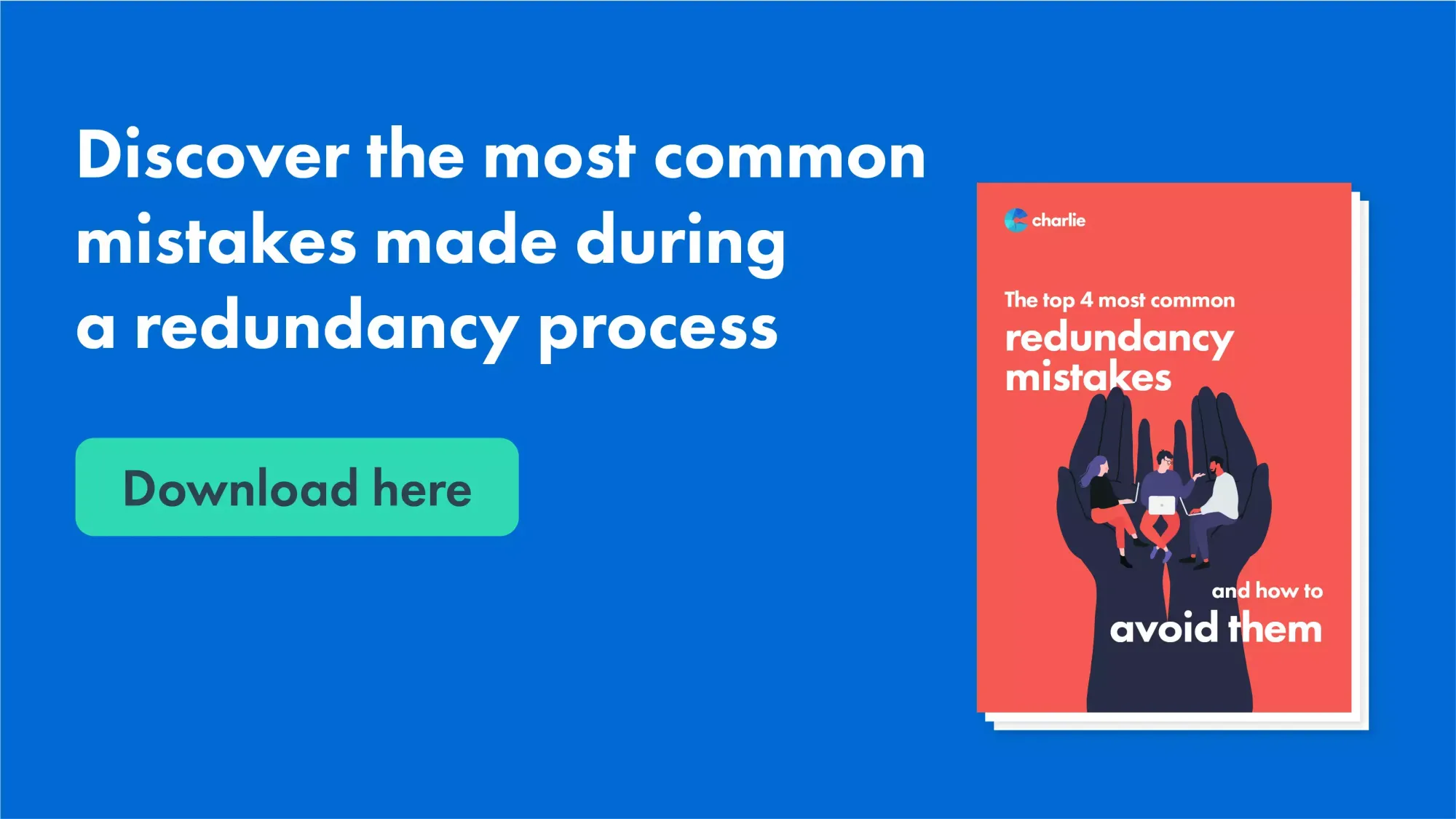Redundancy Pay If Company Goes Bust: Understanding Your Entitlements in the UK
Redundancy Pay If Company Goes Bust: Understanding Your Entitlements in the UK
Blog Article
Checking Out the Interplay Between Company Redundancy and Business Flexibility for Future Development
In the vibrant landscape of today's business world, the complex partnership in between firm redundancy and organizational versatility emerges as a critical factor for sustained development and success. Firms typically encounter the obstacle of striking a fragile balance in between maintaining a degree of redundancy to minimize threats and promoting adaptability to respond promptly to the ever-evolving market needs. This delicate interplay holds the crucial to not only enduring in turbulent times but additionally prospering in the face of uncertainty. As we discover the multifaceted measurements of this interplay, appealing insights into how companies navigate these intricacies to lead the means for future development wait for.
Significance of Company Redundancy
Company redundancy is a vital aspect that improves business strength and alleviates operational risks. By including redundancy measures within the business framework, firms can better hold up against unpredicted disturbances and fluctuations in business atmosphere. Redundancy functions as a tactical barrier, allowing companies to adjust and react properly to unexpected difficulties without compromising vital procedures.
One trick element of the significance of firm redundancy is its duty in guaranteeing connection throughout times of dilemma. When faced with abrupt adjustments or emergency situations, repetitive systems, resources, or personnel can action in to keep essential features and protect against widespread disturbances. This continuity not only safeguards the business's track record and customer depend on yet likewise minimizes financial losses and functional downtime.

Methods for Business Versatility

Another important technique is purchasing innovation and facilities that can support versatility and scalability. Implementing electronic tools, automation, and information analytics can enhance procedures, boost performance, and offer beneficial understandings for informed decision-making. In addition, developing versatile business frameworks that enable for fast modifications to market characteristics and customer needs is essential for staying affordable in a swiftly progressing environment. By proactively recognizing prospective interruptions and chances, organizations can proactively grow and adjust in an ever-changing company landscape.
Balancing Redundancy and Versatility
Attaining an unified equilibrium between operational redundancy and business adaptability is paramount in navigating the complexities of a dynamic company atmosphere. Redundancy within a business offers a safety net, guaranteeing continuity and stability in operations. Nevertheless, an excess of redundancy can cause ineffectiveness and hinder flexibility to altering market problems. On the other hand, business versatility enables companies to respond promptly to exterior disruptions and confiscate brand-new opportunities. view it Striking the appropriate equilibrium in between redundancy and adaptability is a fragile process that calls for a deep understanding of the organization's goals, market dynamics, and danger resistance.
To accomplish this balance, firms require to conduct normal evaluations of their operations basics to determine areas where redundancy is essential for risk reduction and where adaptability can drive technology and development. Executing adaptable frameworks, promoting a culture of continual learning and improvement, and urging open interaction throughout all levels of the company are key approaches to balance redundancy and adaptability effectively. By straightening these 2 critical elements, firms can position themselves for sustainable development and success in an ever-changing company landscape.
Instance Researches on Adjustment Success
In checking out instances of successful business adaptation, it becomes apparent that the interaction in between functional redundancy and flexibility is a defining variable in forming durable businesses. A DVD rental solution, Netflix showed remarkable versatility by transitioning right into a streaming platform when digitalization disrupted the industry. These situation studies highlight the significance of functional redundancy combined with organizational adaptability in promoting lasting growth and competitiveness.
Building Durability for Future Growth
Building durability for future development requires a strategic placement of functional procedures with market dynamics and emerging patterns. Firms must adjust to transforming settings by cultivating a culture of adaptability, development, and constant renovation.
Additionally, fostering strong connections with stakeholders, such as click here for info customers, employees, vendors, and the area, is essential for weathering unpredictabilities and maintaining depend on and support throughout rough times. Effective interaction and transparency play an important duty in building strength, as they aid straighten assumptions and promote cooperation in navigating uncertainties.
Furthermore, companies need to prioritize discovering and development campaigns to upskill staff members and furnish them with the necessary tools to adapt to transforming scenarios. By investing in their workforce, companies can enhance their flexibility and agility, eventually reinforcing their strength for lasting future growth.
Conclusion

In the vibrant landscape of today's service world, the detailed relationship in between firm redundancy and business adaptability arises as an essential variable for continual development and success. Business often deal with the challenge of striking a delicate balance in between preserving a level of redundancy to reduce dangers and fostering versatility to react promptly to the ever-evolving market demands.To attain this equilibrium, companies require to conduct regular evaluations of their procedures to recognize areas where redundancy is needed for risk mitigation and where adaptability can drive innovation and development.In conclusion, the interaction in between business redundancy and business adaptability is vital for future development. Building resilience with a combination of redundancy and versatility will guarantee that business are prepared for the challenges of the future.
Report this page